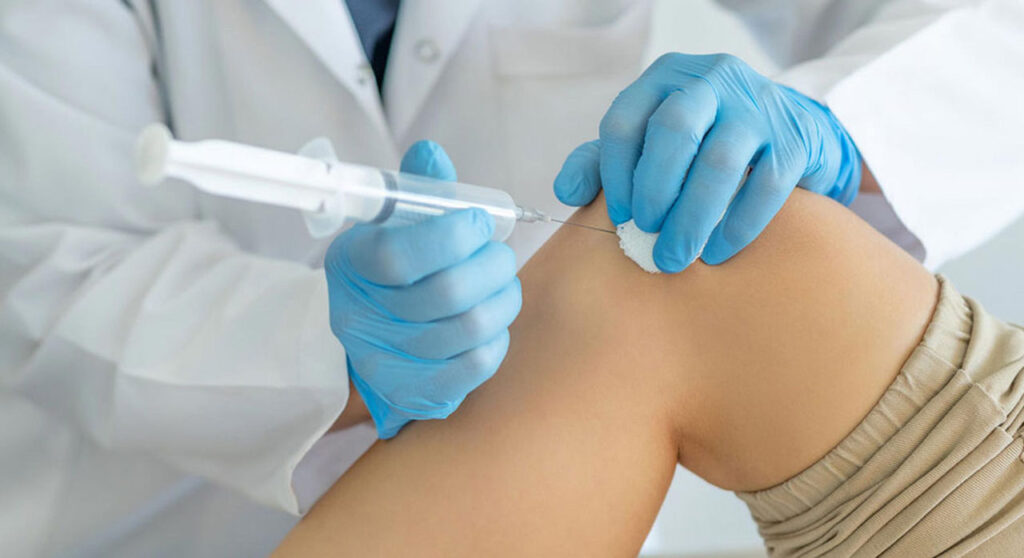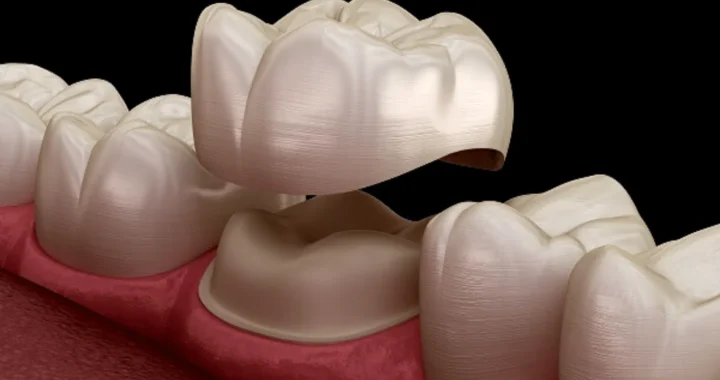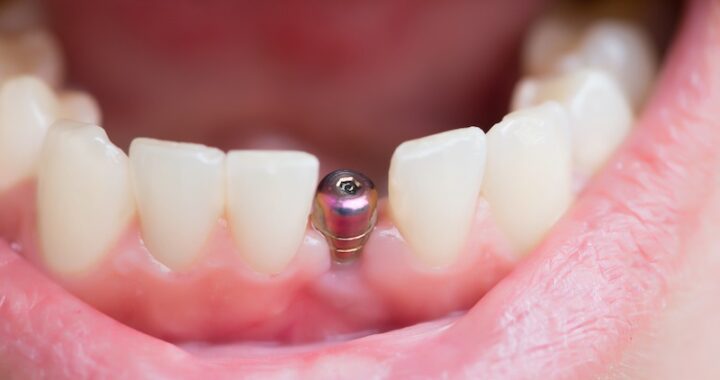An Overview of Joint Injections

Joint pain is a common problem affecting about thirty million adults in the United States. Sometimes it can be severe, preventing you from staying active and performing daily duties. Joint injections focus on easing your joint pain and inflammation to improve your range of motion and enable you to participate in physical therapy exercises. The injections can also help quicken the healing process. Commonly injected joints include ankle, knee, shoulder, wrist, and feet joints. Your Prudent Medical Providers doctor may use ultrasound or X-ray when administering the injections for accuracy. You cannot have a joint injection if an infection is inside or around your joint.
Which are the different types of joint injections?
There are various joint injections, which include:
Corticosteroid injections
Corticosteroid injections help relieve joint pain and inflammation. These injections contain a corticosteroid and an anti-inflammatory drug. Some have a local anesthetic that provides immediate relief that lasts for a few hours. Your doctor can recommend corticosteroids if you have arthritis to reduce joint pain and delay surgery.
Hyaluronic acid (HA) injections
Hyaluronic injections contain hyaluronic acid, a natural substance found in your joints that helps lubricate and cushion them. Doctors often use hyaluronic acid injections when corticosteroid injections are ineffective. Hyaluronic acid injections are often approved for knee joints only. They can help treat knee osteoarthritis. When you develop osteoarthritis, the joint fluid becomes watery. Hyaluronic acid helps restore the fluid’s natural properties and functions as a lubricant and shock absorber. The injections can also help stimulate your knee to produce more natural HA.
Platelet-rich plasma (PRP) injections
PRP injections involve your doctor taking your blood sample and centrifuging it to remove red and white blood cells to remain with platelets. Your doctor injects the concentrated platelets into the affected joint to relieve pain and improve function. Platelets contain cytokines and growth factors that stimulate faster healing in your joints. Research shows PRP injections can be more effective than anti-inflammatory drugs or cortisone, especially in the early stages of arthritis.
How do joint injections feel?
Joint injections may cause mild discomfort. They feel like flu shots or local anesthetic injections. Your doctor can apply a numbing cream on your skin before the injection to prevent pain. A joint injection takes a few seconds, so the discomfort is brief.
How effective are joint injections?
Joint injections often relieve pain for several months. You may experience pain relief immediately or after a few hours or days. Hyaluronic acid injections usually relieve joint symptoms for four to five months, but in some patients, they may provide relief for up to one year. Joint injections results and how long they last depend on the type of injection you get and the severity of your pain. Doctors recommend short-term joint injections, as long-term use can weaken your joint, causing more damage.
Joint injections help relieve pain and inflammation, improving your range of motion and enabling you to do physical therapy. They can help improve various conditions, including arthritis, bursitis, sports injuries, and tendonitis. Schedule an appointment at Prudent Medical Providers for joint injections to restore joint function and mobility.


 Innovations in Health Screenings: Exploring the Latest Technologies in Clinic Services
Innovations in Health Screenings: Exploring the Latest Technologies in Clinic Services  Dental Crowns –Restoring Strength, Function, And Aesthetics.
Dental Crowns –Restoring Strength, Function, And Aesthetics.  One-Person Wonder: Making Waves in the Massage Industry in Gunma
One-Person Wonder: Making Waves in the Massage Industry in Gunma  How Cataract Surgery in Nashville Improves Vision and Quality of Life
How Cataract Surgery in Nashville Improves Vision and Quality of Life  Maintaining Oral Health: The Role of Dentists in Richmond
Maintaining Oral Health: The Role of Dentists in Richmond  How to Choose the Best Implant Dentist in Sheffield: A Guide
How to Choose the Best Implant Dentist in Sheffield: A Guide